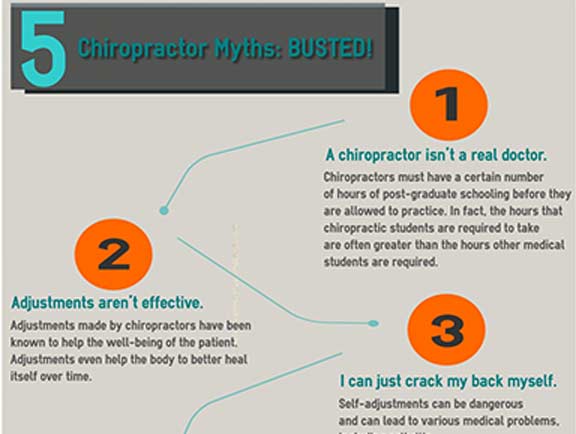A Beginner'S Overview To Recognizing Cervical Spinal Column Makeup And Its Influence On Neck Discomfort
A Beginner'S Overview To Recognizing Cervical Spinal Column Makeup And Its Influence On Neck Discomfort
Blog Article
Short Article Writer-Outzen Buckner
As you sit there, possibly feeling a stab of pain in your neck, have you ever before thought the complex frameworks that make up your cervical back? Recognizing exactly how the vertebrae, discs, and nerves connect in this area can clarify why neck discomfort can be so persistent and debilitating. By exploring the structures of cervical back composition and its ramifications for neck discomfort, you may reveal understandings that could help you much better manage or perhaps prevent those irritating aches and rigidity.
Importance of Cervical Back Anatomy
Recognizing the significance of cervical back makeup is critical in understanding the complexities of neck discomfort. The cervical spine, made up of 7 vertebrae, plays an important role in supporting the head's weight and assisting in movement. https://ricardocztoi.blogolenta.com/28753620/a-study-unmasking-common-misconceptions-about-chiropractics-physician-will-certainly-challenge-your-ideas-and-reveal-shocking-truths-regarding-this-career houses the spinal cord, which transfers messages in between the mind et cetera of the body. Furthermore, find more protects these fragile nerves and offers structural stability to the neck area.
Moreover, the cervical spine allows for a wide variety of motion, enabling you to turn your head, turn it sideways, and nod up and down. Each vertebra has particular functions and attributes that add to the total versatility and security of the neck. Understanding the makeup of the cervical spine can assist you grasp how injuries or degenerative conditions in this area can bring about neck discomfort and associated signs and symptoms.
Elements of the Cervical Spine
When discovering the elements of the cervical back, it ends up being noticeable that its structure includes 7 vertebrae, identified C1 to C7, stacked on top of each other. These vertebrae are critical as they supply assistance to the head and allow for a large range of movement in the neck.
The upper vertebra, C1, also known as the atlas, supports the head and allows the sleeping movement of the head. Directly underneath C1 is the C2 vertebra, referred to as the axis, which allows for the turning of the head back and forth.
Moving down the cervical back, each vertebra plays an essential function in maintaining the spine's versatility and security. In between each vertebra are intervertebral discs that function as pillows, soaking up shock and preventing the vertebrae from rubbing against each other.
Recognizing the components of the cervical back is necessary in comprehending exactly how the spine functions and its potential impact on neck discomfort.
Connection In Between Spinal Column and Neck Pain
The connection between the spinal column and neck discomfort is a critical aspect of recognizing bone and joint pain. Your back, specifically the cervical region, plays a considerable role in supporting your head and enabling different activities. When there's a problem in the back, such as a herniated disc or misalignment, it can straight affect the surrounding cells and nerves, causing neck pain. Poor position, injuries, and degenerative problems can all contribute to spine-related neck pain.
It's necessary to acknowledge that the spinal column and neck function as a natural system. Any abnormalities or imbalances in the spinal column can trigger pressure on the neck muscle mass and ligaments, causing discomfort and tightness.
Final thought
Now that you have a standard understanding of cervical spinal column makeup and its connection to neck discomfort, you can better appreciate the intricacies of your own neck discomfort. Keep in related web-site , the health and wellness of your cervical spine plays an important role in supporting your head and facilitating movement, so it is necessary to deal with it through appropriate posture, exercise, and routine exams with a healthcare professional. Remain notified and positive regarding your back health to avoid and handle neck discomfort properly.
